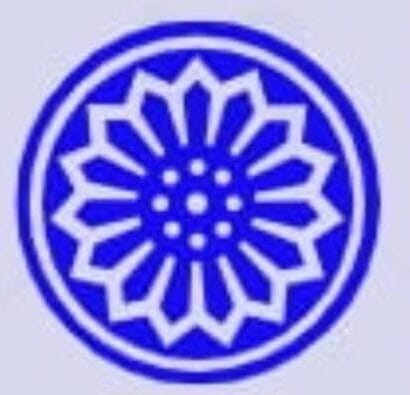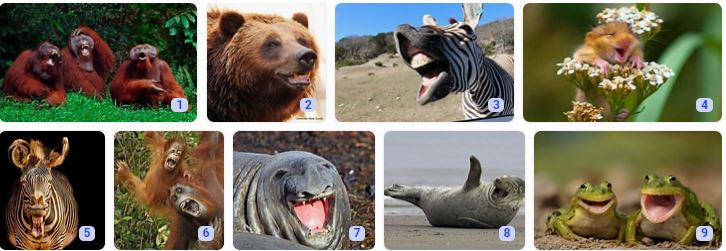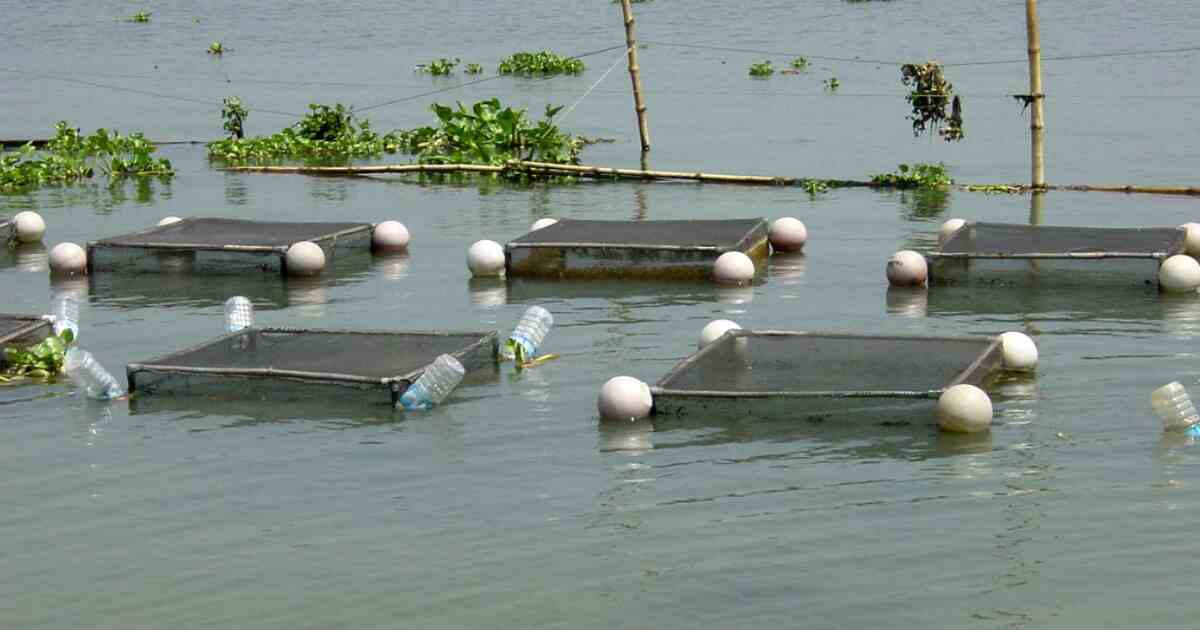Ghost Frog: Researchers meticulously studied Germain’s travel accounts and other historical documents from the late 19th century. By reconstructing his likely route through the estate, they identified probable collection sites in the remote Andean foothills
Ghost Frog
Species: Alsodes vittatus
Last Seen: 1902
Rediscovery: 2024, Chile
| Species | Last Seen | Rediscovered | Location | Habitat Type | Conservation Status |
|---|---|---|---|---|---|
| Alsodes vittatus | 1902 | 2024 | La Araucanía, Chile | Andean mountain streams | Likely endangered |
Background
Alsodes vittatus, (Ghost Frog) a small frog species native to Chile, was first described in 1902 by German-born naturalist Rudolph Amandus Philippi, based on specimens collected in 1893. After its initial description, the species vanished from scientific records, despite repeated searches, and was feared extinct or possibly never valid as a distinct species56.
Rediscovery Details
- In 2024, after more than a decade of targeted investigations, researchers from Chilean universities located living populations of A. vittatus in remote Andean streams within the La Araucanía Region of Chile567.
- The rediscovery was made possible by reconstructing the likely historical route of the original collector, Philibert Germain, and focusing searches on high-elevation streams in the southeastern part of the former Hacienda San Ignacio de Pemehue567.
- Three populations of A. vittatus were confirmed, inhabiting cold, rocky streams between 1,421 and 1,610 meters above sea level, surrounded by temperate forests and monkey puzzle trees6.
New Ecological Insights from Rediscovering Alsodes vittatus
Habitat and Microclimate
- Alsodes vittatus (Ghost Frog) was found in isolated, cold, rocky mountain streams within temperate forests at elevations between 1,421 and 1,610 meters (4,660–5,280 feet)4. This highlights the species’ reliance on pristine, undisturbed Andean stream ecosystems, underscoring the ecological importance of these habitats for amphibian survival4.
Population and Distribution
- Researchers identified at least three distinct populations, confined to a very small area—about 8 square kilometers (eight square miles)4. This restricted range reveals the species’ vulnerability to habitat disturbance and emphasizes the need for focused conservation in these microhabitats41.
Morphological and Developmental Variation
- Fieldwork revealed unexpected variation in coloration and markings among individuals. Some frogs matched the original 1902 description with a yellow dorsal stripe, while others lacked this feature, suggesting that previous assumptions about the species’ appearance may have been based on juvenile specimens4. This insight helps clarify historical confusion and highlights the potential for misidentification in rare amphibians.
Ecological Role and Conservation Implications
- The rediscovery demonstrates that A. vittatus (Ghost Frog) and similar amphibians can persist undetected in remote, specialized environments, serving as key bioindicators for ecosystem health2. The species’ presence signals the overall integrity of its habitat and the need to protect such ecosystems from threats like deforestation, invasive species, and climate change41.
- The finding also raises awareness of the broader biodiversity within the region, indicating that other “lost” or poorly known species may still survive in overlooked Andean habitats24.
Urgency for Conservation
- The frog’s rediscovery has catalyzed calls for immediate habitat protection and more intensive research on amphibian diversity and threats in southern Chile12. It also provides a new baseline for monitoring population trends and ecosystem changes over time2.
Scientific Significance
- This is the first confirmed sighting of A. vittatus in over 130 years, making it one of the most significant amphibian rediscoveries in South America this decade16.
- The rediscovery allows, for the first time, direct study of the species’ biology and ecology, filling a major knowledge gap for South American amphibians7.
- DNA analysis revealed that A. vittatus is closely related to Alsodes neuquensis from Argentina, and some individuals lack the previously considered diagnostic yellow dorsal stripe, which may have contributed to earlier search failures6.
Conservation Implications
- The frog’s habitat is extremely limited—estimated at about 8 square kilometers—and faces threats from land-use change, logging, and climate factors56.
- The species likely meets criteria for endangered status, and its rediscovery highlights the urgent need for conservation action and further research on Chilean amphibians57.
Next Steps
- Scientists plan to conduct detailed studies on the frog’s population size, breeding sites, and habitat requirements.
- Conservation assessments are underway to determine protection measures for A. vittatus (Ghost Frog) and other threatened amphibians in the region7.
“The reappearance of a species lost to science for 130 years demonstrates that biodiversity can hide in overlooked corners of the Earth and highlights the value of determined research efforts.”5
The rediscovery of Alsodes vittatus (Ghost Frog) offers hope for amphibian conservation and underscores the importance of persistent fieldwork and historical research in uncovering lost biodiversity567.
Summary
Researchers combined historical document analysis with targeted, modern field surveys to pinpoint and rediscover Alsodes vittatus (Ghost Frog) after 130 years. Their success highlights the value of integrating historical sleuthing with scientific exploration in the search for lost species34.
Read More: Asian Palm Civet (Paradoxurus hermaphroditus)






